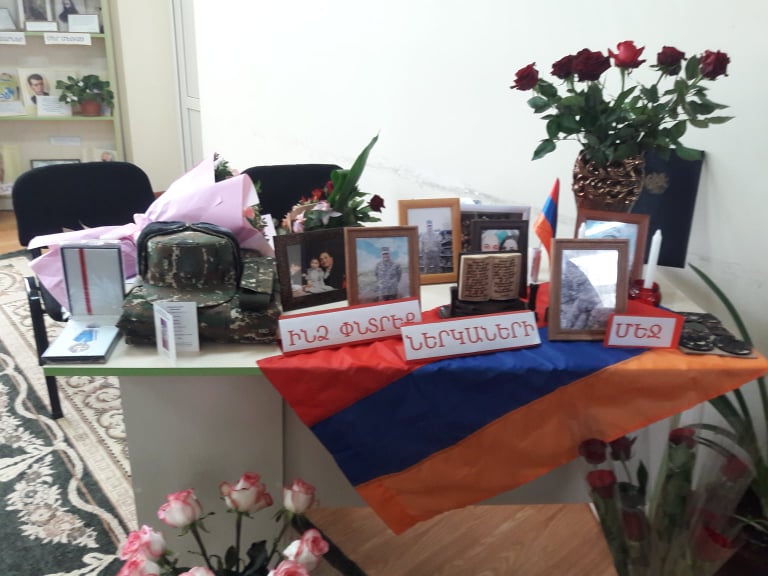Tsakhkazard-Adorned by flowers
 In spring, the earth blossoms, rejuvenates, and revives following winter’s sleep. The appearance of new flowers gives the name for this celebration: Tsakhkazard (“adorned by flowers”). This folkloric event was also known as Tsarzardar (“adornment of trees”). This also symbolizes the start of spring.
In spring, the earth blossoms, rejuvenates, and revives following winter’s sleep. The appearance of new flowers gives the name for this celebration: Tsakhkazard (“adorned by flowers”). This folkloric event was also known as Tsarzardar (“adornment of trees”). This also symbolizes the start of spring.
This festival is associated with the Armenian pagan god Ara Geghehtseek (Ara “the handsome”). According to legend, the Assyrian queen, Semiramis, killed him when she was enraged because her love for Ara was spurned when he remained faithful to his wife. The legend says that Ara was then awakened from the dead. This is symbolized in the awakening of the earth after winter’s sleep. Ara, representing the dry and barren earth, is regenerated.
Traditional customs and rituals are associated with Tsakhkazard.
The main rites involve dressing up everything that is naked and barren. People decorate their homes, yards and cattle with blessed willow branches; cover trees with dried fruits, colorful rags, ribbons and candles. The branch of the willow was considered a sign of victory, and was later used to crown victorious athletes.
The ceremony with newly engaged couples was particularly spectacular and significant. The couple goes to church after midnight. The first person entering the church rings the bell to wake up the priest and perform the ritual of blessing the fiancй. He stands holding a decorated tree in front of his bride-to-be. The bridegroom presents a candle to his bride and the psalms and other songs ring out until sunrise. In the morning, the traditional tree-decoration starts. It signifies the wish for nature to be fruitful. While this goes on, the churchyard is filled with children playing with karkatshak (a wooden rattle) and tshran (a noise-maker) made by them for the occasion.
The young couples take the blessed branches home to be either planted or hung up on a khnotsee (churn), or thrown in the fire to protect milk from getting sour. Sometimes, branches were burnt to ash, which was then thrown to the wind. It was believed that this would protect the crop and fruit trees from storms and winds.
Tsakhkazard is the holiday of youth. Girls and boys dress in their finest. Girls dye their nails with henna and take part in the celebrations. Young boys uproot willows and either decorate the branches with candles, or pretend to “fight” each other with the branches. The game ends when all the branches are broken. Then the children either pick the candles to take home and safeguard for the whole year, or gather the broken willow branches to take home and burn them.
Teenagers go from home to home with their willow branches, singing, and gathering eggs.
The traditional dishes served during Tsakhkazard are sweets, cakes, nut pakhlava (sheet dough pastry), aghandz (salted and roasted wheat and poppy seeds), and dishes cooked with greens.
Tsakhkazard was an occasion to plant trees, celebrate engagements and marriages, and give gifts to friends and family.


